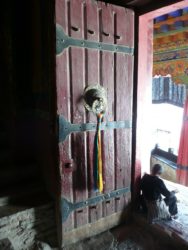
Happy Mothers Day this Sunday to all you mommas out there. As it approaches this year, I think back on the most unusual one I ever experienced—one I spent with my husband, Hoyt, eight years ago in Lhasa, Tibet (2009). At an altitude of about 11,450 feet, Lhasa has been the center of the Tibetan Buddhist world for over a millennium. Hoyt and I were near the end of a four-month-long journey to six countries, most in Asia, and we had a reservation to tour the Potala Palace at 9:00 a.m. on May 10th, which happened to be Mothers Day. The Potala is majestic; it sits like a protective mother overlooking the town arrayed at its feet. Does anyone live there? Only a few Chinese officials, we were told. Actually, it’s the former administrative office and winter palace of the Dalai Lamas, or I should say it WAS until the Chinese took over and forced His Holiness the 14th Dalai Lama to flee to India.
Throwing up from Beijing to Tibet
Yes, a rough start. To get to Tibet, we flew from Beijing (where we’d been sightseeing) on May 9th. Here’s a bit from my old notes: “Hoyt and I had debated earlier about why I threw up all morning [on the flight and when we landed in Tibet]; he said I’d reacted to the anti-altitude sickness pills. I claimed the egg [the hard-boiled egg in the bagged breakfast that the hotel in Beijing gave us to take to the airport] was bad, and I was dumb to eat it. Besides, in November I’d taken a trial script of Diamox to be sure I wouldn’t have a reaction to it. In the past I’d gotten sick from sulfa drugs and Diamox is in the sulfa family. [But] I had had no reaction then. Therefore, I didn’t think I would’ve now. Anyway, I felt better by the time we landed.”
Inside the Potala Palace
You cannot take photographs inside this building. But I can tell you, some images are hard to forget. I was standing in the palace in a room where the Dalia Lama had received guests. For a moment, I lagged behind Hoyt and our guide, lingering to feel the atmosphere and absorb what I could of the room. Bright colors of red, gold, green, blue adorned every wall and piece of furniture. There was a chair where I imagined His Holiness had sat. A rug, woven in intricate patterns and tones of red and blue, lay under my feet. I smelled dusty fabric and old wax. The silence was thick, as thick as the whitewashed walls. I felt beyond grateful. I felt as if I had flown in like a bird and safely found a haven. Leaving that room was not easy.
Tibet reflections
From old notes: “Perhaps there is no word for it [how I felt when we left Tibet]. Maybe it’s a little like helplessness … I am powerless to help the Tibetan Buddhist culture survive and I know it. I can’t say I am Buddhist. I can say I feel an affinity for the spiritual values of Tibetans and think that their persecution by the Communist Chinese government is unwarranted, to say the least. They are at risk of cultural extermination. Actually, I suspect they are already slowly being exterminated by the overrun of Han Chinese and the lack of beneficial policies the Chinese are implementing there [in Tibet, one of several “autonomous regions].”
“And I don’t use the word extermination lightly, either. Not one Tibetan is on the governing council for that Autonomous Region [of Tibet]. You can get gobs of info on the web about the plight of these people, and if you know movie stars like Richard Gere who practices Tibetan Buddhism, they can tell you facts and figures about how many monks have been beaten or killed by the Chinese military. You ask, “How can their stories and customs, love of peace, and respect for life be faulted?” Only by those who want land, power, and wealth. I have a strong sense that their [the Tibetans] spiritual life is something the world cannot do very well without. And for those of you who know me well, you know I do not use the term “spiritual life” lightly, either. It’s too ambiguous and often high-jacked by religious people of all faiths who push the idea that theirs is the only way to have a spiritual life … all other ways are counterfeit. I used to believe that, so the hair on my neck stands up when I get on this topic. Anyway, what I mean by the phrase “spiritual life” is something like what Aristotle called “the good life,” or what the Buddha called the Dharma—the eight behavioral changes humans can make to eradicate their suffering.”
Reflections post-Tibet
From old notes: “So, if I hadn’t gone there and made a friend [our Tibetan guide], hadn’t visited the monasteries, the mountains, seen the three-foot high prayer wheels that pilgrims spin in prayer for each person in the world every day, hadn’t smelled the incense burning continuously before giant Buddha statues or heard the devout chanting of Tibetan monks, and therefore had no personal connection to the place, what possible reason would I have to care about Tibet? After all, America is my country and my life is what largely preoccupies me with its unique problems, personal and societal. Tibet is so remote and so different from America how do I relate to it? Why pay attention to it?
Tibet is on the other side of the planet, high in the remote regions of the Himalayan mountains, after all.
Does what happens in Tibet have anything to do with me?
What do the events there or in any other country, good or bad, have to do with my life?
Aren’t we all individuals creating our own realities for ourselves and unaffected by others?
Maybe. But I think now more than ever that what happens in Tibet doesn’t stay in Tibet. It ripples out over the globe, like dominoes tumbling one upon the next. I may be in the United States, but there is no longer any doubt [in my mind] that what I do can affect others even as distant as Lhasa.”
Happy Mothers Day 2017.
Your writer on the wing,
Charlene

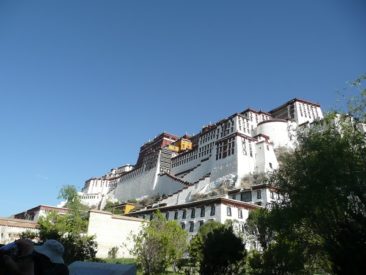
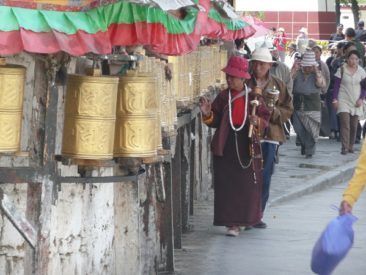
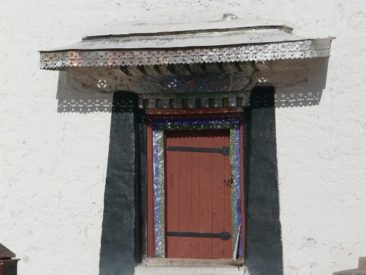
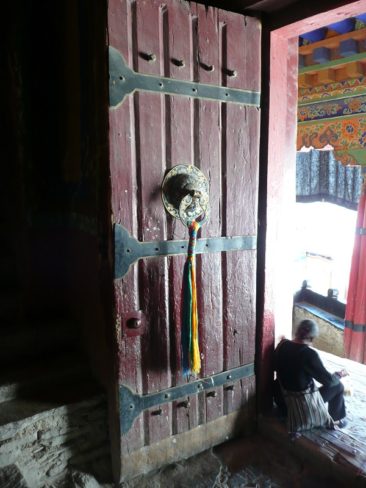

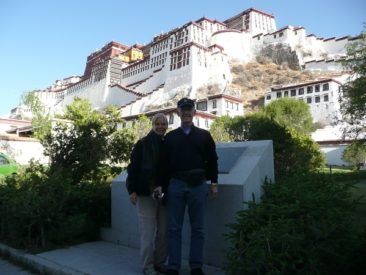






Steve
The Butterfly Effect. Thanks for sharing. Have a great Mother’s Day.
Charlene L. Edge
That’s a lovely analogy, Steve. And thanks for your good wishes. It is a beautiful Mother’s Day here today.
Linda Goddard
Thank you, Charlene, for sharing your Tibetan experience! It’s a place and culture that continues to interest me.
During my Asian travels, I spent some time in Kathmandu during the Tibetan Chinese New Year in February of 1997 and loved my experience there.
Your reflections call back my fond memories.